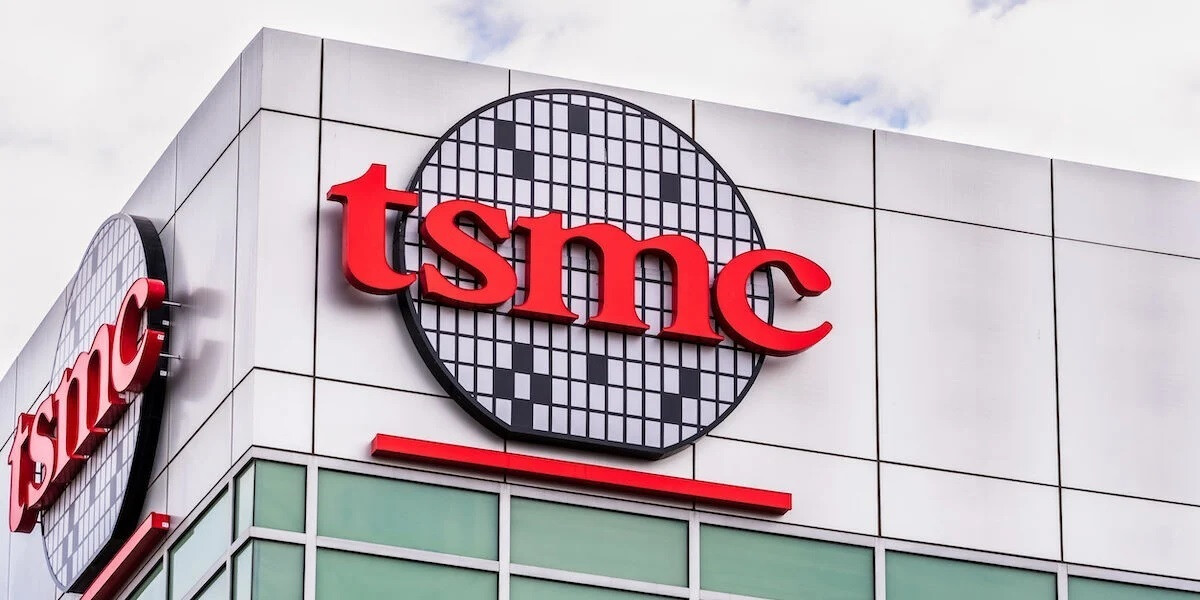China is very unwilling to be self-sufficient when it comes to manufacturing chipsets. But he had a problem because the United States tried to prevent that from happening. China's largest foundry, Semiconductor Manufacturing International Corporation (SMIC), could only produce chips using its 14nm process node compared to the 5nm process node used by major foundries TSMC and Samsung (and both will ship 3nm chips later this year).
Despite US sanctions, SMIC begins work on reducing process node lead that TSMC and Samsung have
This is important because the lower the process node, the more transistors can fit inside a chip. And the more transistors in a chip, the more powerful and energy efficient the chip. With 15 billion transistors in Apple's A15 Bionic, one has to wonder how such components can be designed. The answer is a machine made by the Dutch company ASML, the extreme ultraviolet (EUV) lithography machine.
Even without a $150 million EUV machine, like the one in this image, SMIC is able to work on the 7nm process node
The EUV machine etches circuit designs onto a wafer that are a fraction of the thickness of a human hair. The machine has been credited with keeping Moore's Law alive; it is the observation made by the co-founder of Intel, Gordon Moore, that the number of transistors in the chips would double, initially each year. When Moore revised his "law" in the 1970s, he changed the schedule to "every two years."
In 2020, a change in export rules made by the US Department of Commerce prevented foundries around the world from shipping cutting-edge chips to China's Huawei if those foundries made chips using US technology. As a result, Huawei has been forced to use Qualcomm's current Snapdragon chips which are modified to only work at 4G speeds, thus preventing Huawei from producing 5G-enabled phones.
The United States has also taken action in the past to prevent SMIC from obtaining EUV machines from ASML to prevent China from producing advanced chips. But when we last look at SMIC last September it announced that it was spending billions to build new factories and planned to take on TSMC in the 28nm segment which is used for Wi-Fi chips and other integrated circuits .
SMIC may have copied TSMC's technology in order to build its 7nm SoC.
More interestingly, SMIC said it had developed a node called N+1 that could compete with 7nm chips. And all of this was done without an EUV machine. Now a company called TechInsights (via Tom's Hardware) says it discovered that SMIC used its 7nm process node to build a Bitcoin Miner SoC. After the chip was reverse engineered, TechInsights said, "Initial images suggest this is a close copy of TSMC's 7nm process technology."
TSMC sued SMIC twice for copying its technology
This is perhaps not so surprising since TSMC has sued SMIC twice for copying its technology. But no matter how SMIC managed to do it, the cat is now out of the bag and the feline cannot be put back in the bag. If TechInsights is correct, SMIC can build 7nm chips. And even though the foundry remains several nodes behind TSMC and Samsung, the alarms are going off.
Because profits may not matter to a company like SMIC that has state-owned companies as investors, the Chinese government may not matter to the Chinese government how unprofitable SMIC is in the production of 7nm chipsets. As a result, there are fears that the SMIC could get even closer to TSMC and Sammy. And if SMIC stole TSMC's technology, China could be heading towards process node parity with top foundries faster than we think.
The MinerVa Bitcoin mining chip is showing signs of being in early-stage production. Bitcoin miners don't use much RAM, which allows the 7nm SMIC chip to do without the full capabilities that similar chips from other top smelters would have.
Yet, as much as we hate to repeat ourselves, the Chinese government has the money and the smarts to possibly circumvent the lack of an EUV machine. In the meantime, SMIC is sure to build more complex chipsets based on its 7nm process node. Right now, SMIC's 7nm node isn't even ready to tackle smartphones, otherwise we would see Huawei using it in its handsets.
As TechInsights notes, "This is the most advanced technology product TechInsights has seen from SMIC so far and can drive a true 7nm process that incorporates scaled logic and bit cells from memory. It also has key implications for Chinese chip companies, as it helps reduce China's reliance on Western technologies during this time of restricted access. »



![How to turn off dialpad tones on OnePlus phones [Guide]](https://www.neuf.tv/wp-content/uploads/2020/05/How-To-Disable-Dial-Pad-Tones-On-OnePlus-Phones-Guide-2-768x760.jpg)
![How To Free Up More Storage By Deleting Telegram Cache Files [Telegram Guide]](https://www.neuf.tv/wp-content/uploads/2020/05/telegram-logo.jpg)